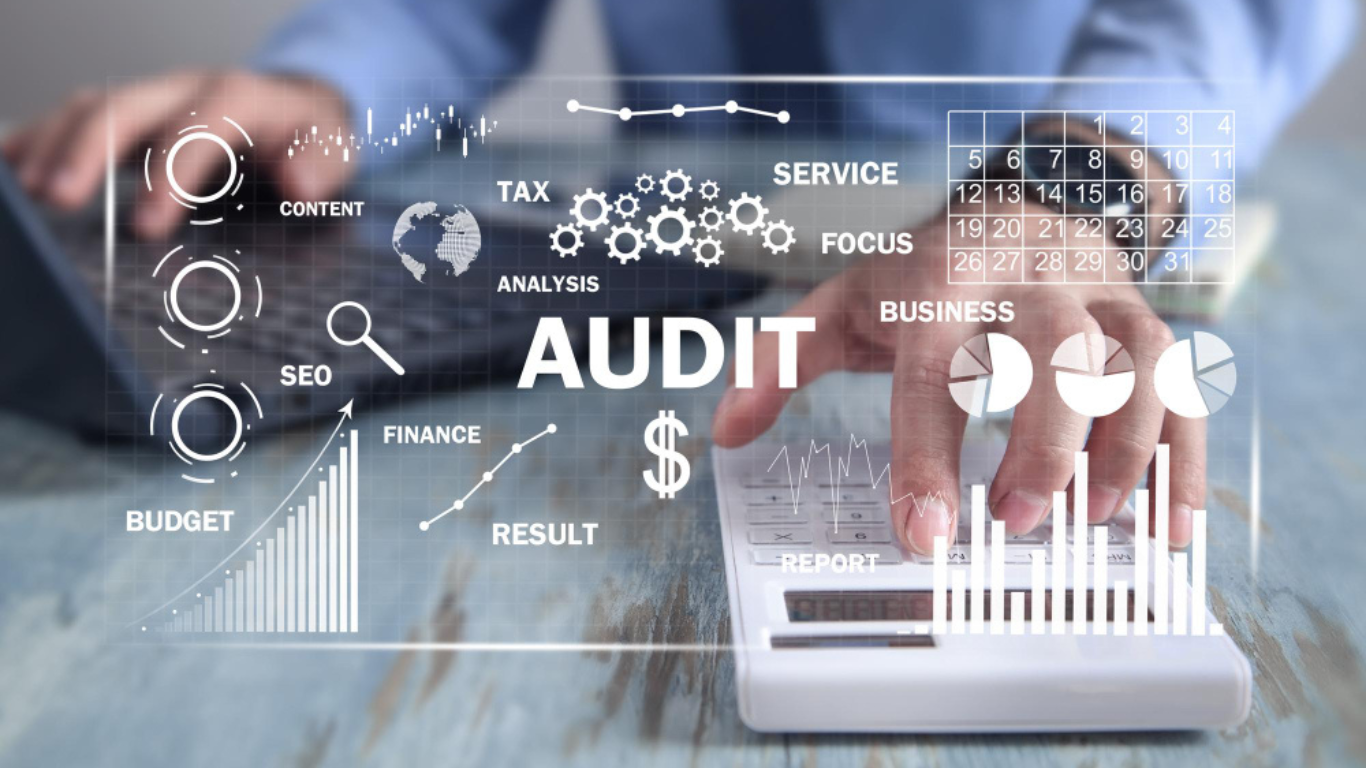In today’s fast-paced and highly transparent business environment, corporate accountability has evolved from being a compliance requirement into a strategic imperative. Public expectations are shifting. Consumers, investors, and regulators are no longer satisfied with vague statements about responsibility. They want measurable actions, and they want consequences when companies fall short.
As a result, risk management now sits at the heart of financial planning. Companies that prioritize ethical conduct, transparent operations, and preventative legal strategies are not only protecting themselves from lawsuits, but they are also positioning themselves for long-term stability.
Reputation Over Operations
The rise of social media, real-time news, and public accountability has changed the nature of business risk. A poorly handled safety issue or ethical failure can trigger a reputational crisis that quickly snowballs into shareholder loss, consumer backlash, and legal repercussions.
This is especially true in industries that deal directly with the public, such as transportation, manufacturing, health, and consumer goods, but even tech companies and service providers are seeing increased scrutiny around data privacy, workplace practices, and environmental impact.
The message is clear: companies cannot afford to treat public trust as a soft metric. It is a financial asset that you must protect with the same rigor as intellectual property or infrastructure.
Financial Impact of Legal Exposure
From a purely financial perspective, the costs of legal negligence can be staggering. According to industry estimates, corporate lawsuits related to workplace injuries, defective products, and misconduct cost U.S. companies billions annually. In many of these cases, punitive damages are sought in addition to compensatory ones, especially when there is evidence of gross negligence or intentional harm.
Understanding how punitive damages work and how they differ from compensatory damages is essential for business leaders, especially those in industries where safety and compliance are mission-critical. Punitive damages are awarded to punish and deter, not just to make the victim whole. This legal tool signals to companies that failing to take responsibility can result in serious, long-term consequences.
The existence of punitive damages reinforces the need for proactive risk assessment and internal accountability measures. It is no longer enough to simply react when a problem occurs. Businesses must show that they took deliberate steps to prevent foreseeable harm.
Internal Audits and Legal Foresight
Innovative companies are investing in internal audits, compliance programs, and employee training as part of their risk management strategy. Businesses should build legal foresight into product development, workplace policy, and customer interactions.
Incorporating scenario analysis, where companies imagine worst-case legal or reputational events, can also strengthen preparedness. The goal is not paranoia but proactive design: building systems that can absorb shocks without unraveling.
Insurance and Corporate Liability Coverage
Insurance remains a key piece of the liability puzzle. General liability, professional liability, and cyber liability policies offer crucial layers of protection, but not all policies cover punitive damages, especially in states where these damages are not insurable by law. That makes it all the more important for companies to be familiar with the legal frameworks in their operating regions.
Finance leaders should work closely with risk officers and insurance professionals to ensure the company’s coverage is comprehensive and aligned with its risk profile. In some cases, self-insurance or captives may be appropriate for larger enterprises seeking more control.
Building a Culture of Responsibility
At the heart of sustainable risk management is culture. A company that prioritizes ethical decision-making at every level, from C-suite to factory floor, will naturally mitigate risk more effectively than one that relies only on top-down enforcement.
Creating a culture of responsibility means:
- Encouraging employees to speak up about unsafe or unethical practices
- Rewarding transparency rather than secrecy
- Embedding accountability into performance reviews
- Treating compliance as a shared responsibility rather than a departmental task
You cannot fake culture. Investors, partners, and the public are increasingly adept at distinguishing between performative gestures and genuine commitment.
A Strategy for the Long Game
For businesses of all sizes, the question is not if a legal or reputational challenge will arise, but when. The companies that will thrive in this landscape are those that approach accountability not as a checkbox, but as a core strategic pillar.
Negligence is expensive, but proactive, ethical operations can be both a shield against risk and a magnet for opportunity. As financial stakeholders continue to factor ESG, brand reputation, and legal exposure into their decisions, corporate responsibility will increasingly define which companies earn trust and which are left behind.
Article received in the mail































